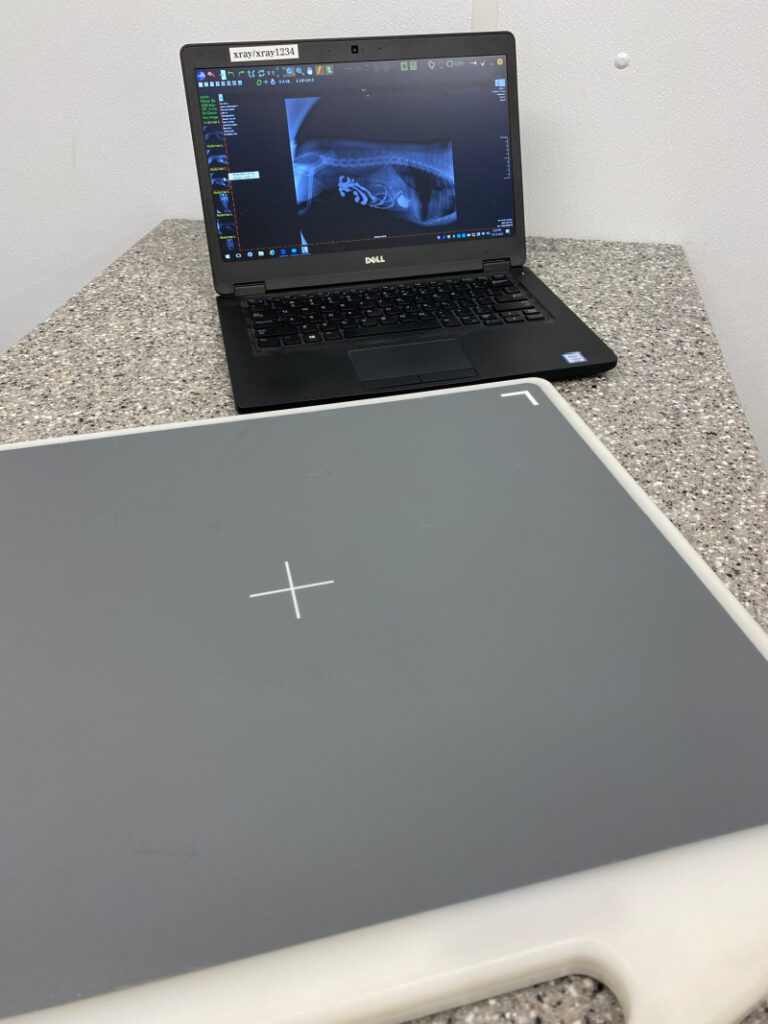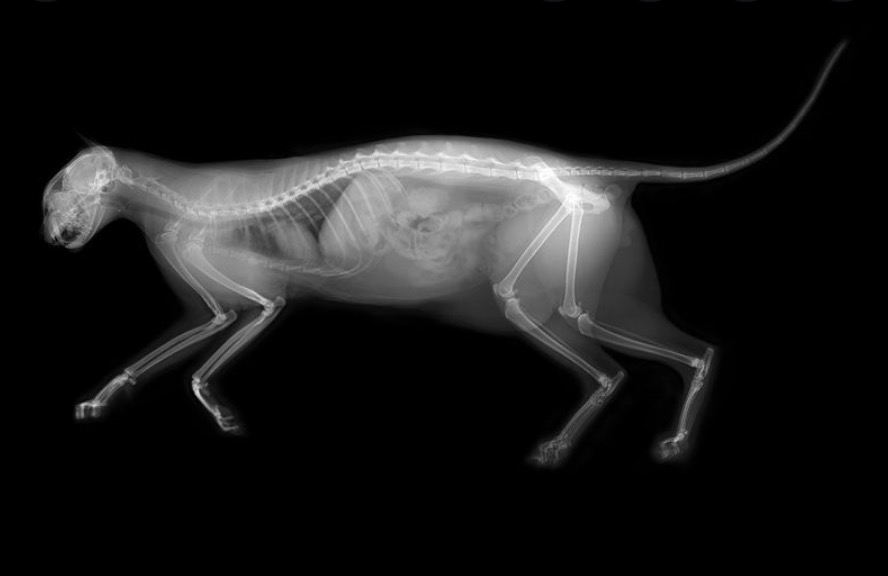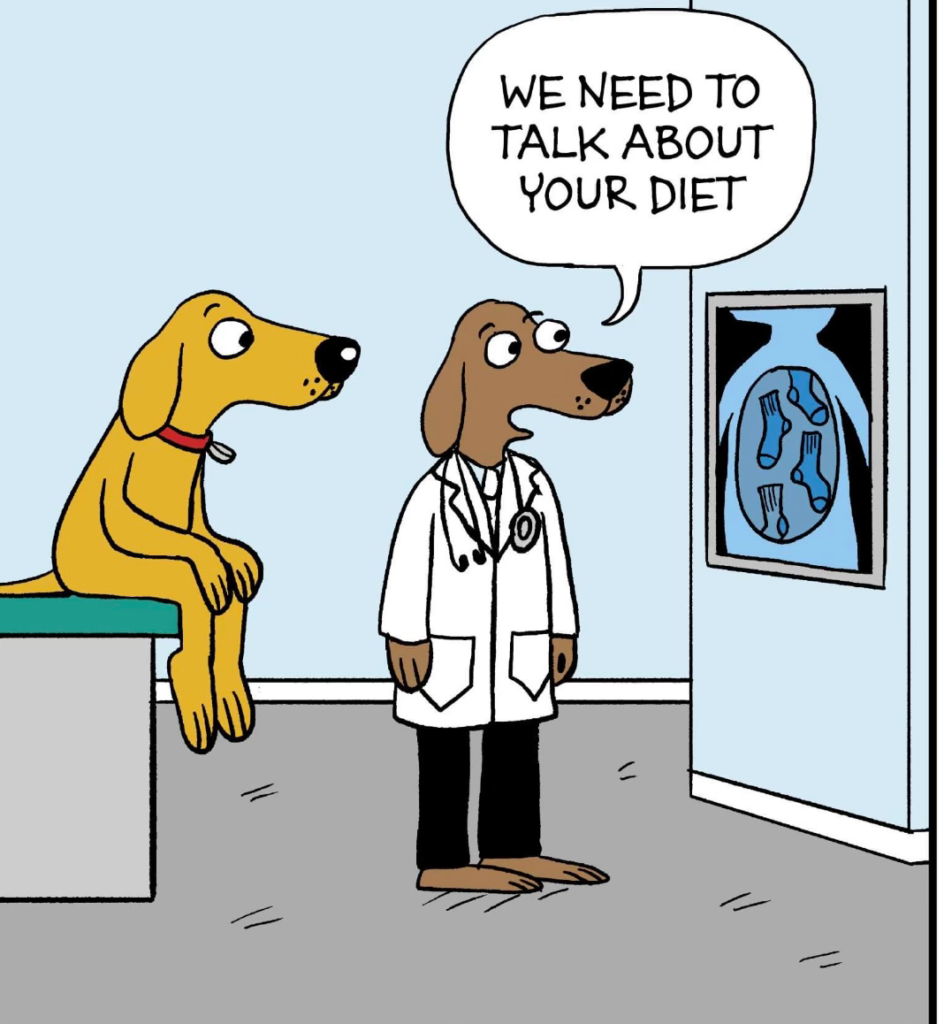Way back when radiology was cumbersome and messy, we had dark rooms with red lights and tanks full of water initially that were required to develop the films. A file cabinet was essential to store all the radiographs taken. Then we got automatic processors for the films but still had lots of maintenance for those machines. Today the process is much simpler and safer. We use a cassette that is connected by Wi-Fi to a computer that captures the digital image. The image immediately shows up on the screen so additional views can be taken or bad images removed. We can adjust the exposure, email the image, and store on a thumb drive which makes everything smoother. Less radiation is used to produce a digital image verses the older equipment of the past.
 Old Equipment
Old Equipment New Equipment
New Equipment
Digital radiography can be used to examine a pet’s urinary system, cardiovascular system, gastrointestinal system, and bone structure. It is noninvasive and a great tool to reveal internal or structural abnormalities. We can use a chalky white substance called barium to help us see if the intestinal tract has a blockage. We can use air as a contrast agent to identify abnormalities in the bladder. The air in the lungs can give us a great image of the heart and its size and shape. Mineralized densities can be detected easily within the bladder or intestinal contents when present. Broken bones are always difficult to see since we know how much pain the pet must be in from their traumatic event. Subtle changes to joints can offer an awareness of early stages of arthritis or vertebral disc disease. We sometimes use digital films to verify that a dog did not eat a diamond ring or someone’s silver coin.
Many sites post each year the unusual things that pets have consumed and their appearance on a digital film. The following link is one sight you can see some interesting digital films that show the objects dogs have eaten. The amazing thing is these pets recover from the abdominal surgery and go on to live a normal happy life. Some continue to want to eat things they should not so safety measures are important, like picking up socks and undergarments so dogs do not have access to them.
This tool is important as a diagnostic addition to our physical exam and bloodwork. Some conditions are obvious, but others can be more subtle and difficult to diagnose. We have the option of sending films to a specialist to help determine what might be going on. With the digital age that happens much more quickly than when we had to send the films by mail to get a 2nd opinion. Over the last 35 years there has been tremendous advancement in radiography and that only helps us and our patients to have the best possible outcome. Hopefully your furry friend will not need this technology, but if they do we are prepared.
Happy Fall everyone!


